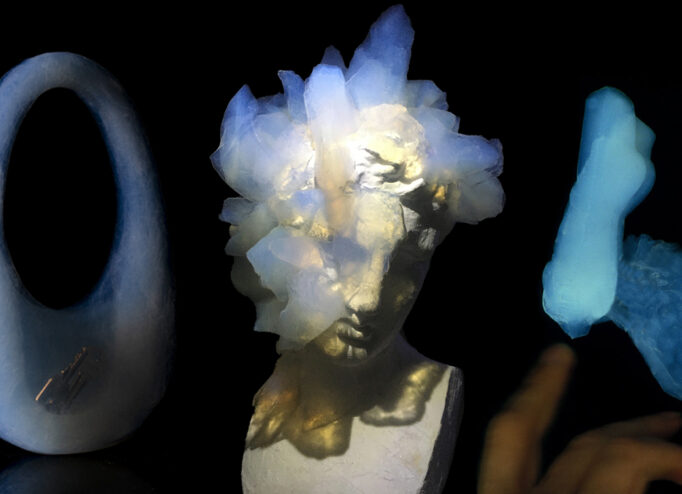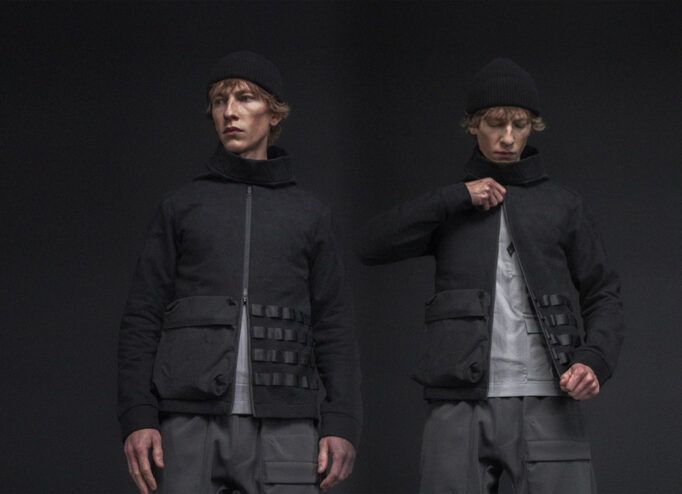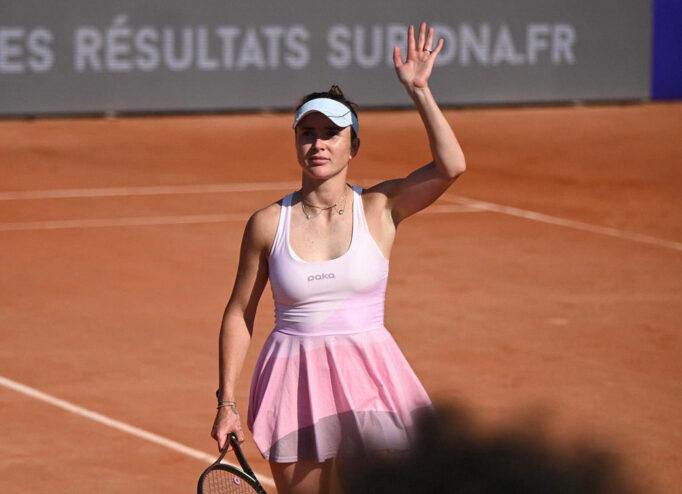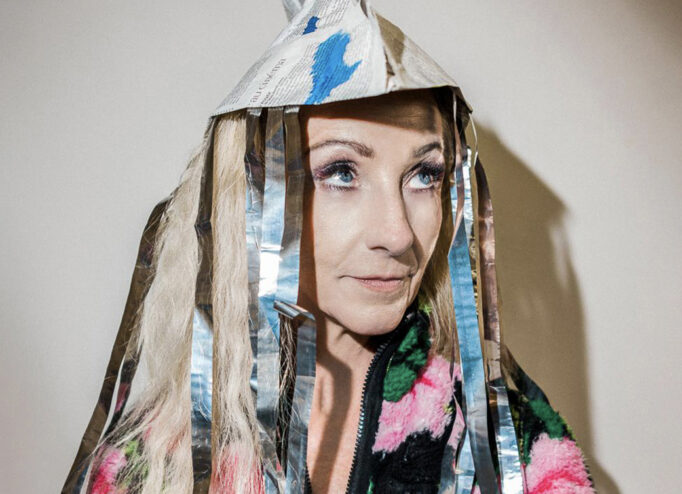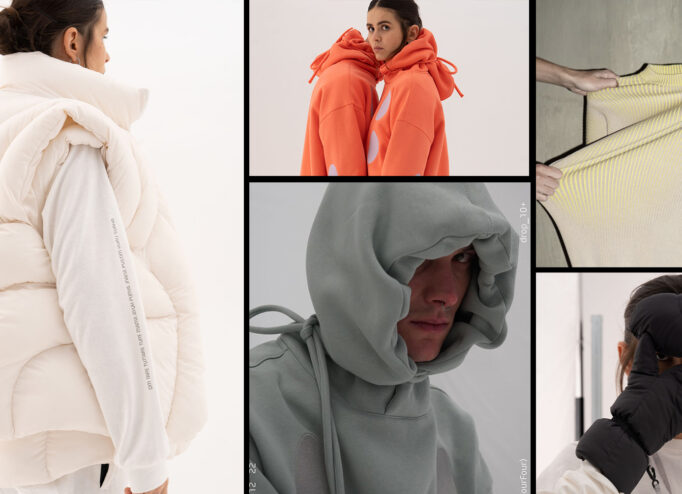Before showing his first drawings, Joshua Vides worked on the CLSC brand that was known mainly in the US streetwear community. Everything changed two years ago when Joshua posted a sketch of Nike Air Force 1 sneakers on Instagram. The sketch went viral, while Vides ornamented pretty much everything since then—from an Xbox gamepad to street cones and a toilet. Moreover, he sketched Converse sneakers and Fendi bags.
Joshua’s new project is a limited Ballantine’s whiskey bottle, which is already on sale in Ukraine as well. On the collaboration launch day, DTF Magazine editor Andrei Mazhar had a call with the artist and learned how Ballantine’s project was designed, why Joshua abandoned making clothes, what the secret of his style is, and whether it’s possible to create something original in today’s world.

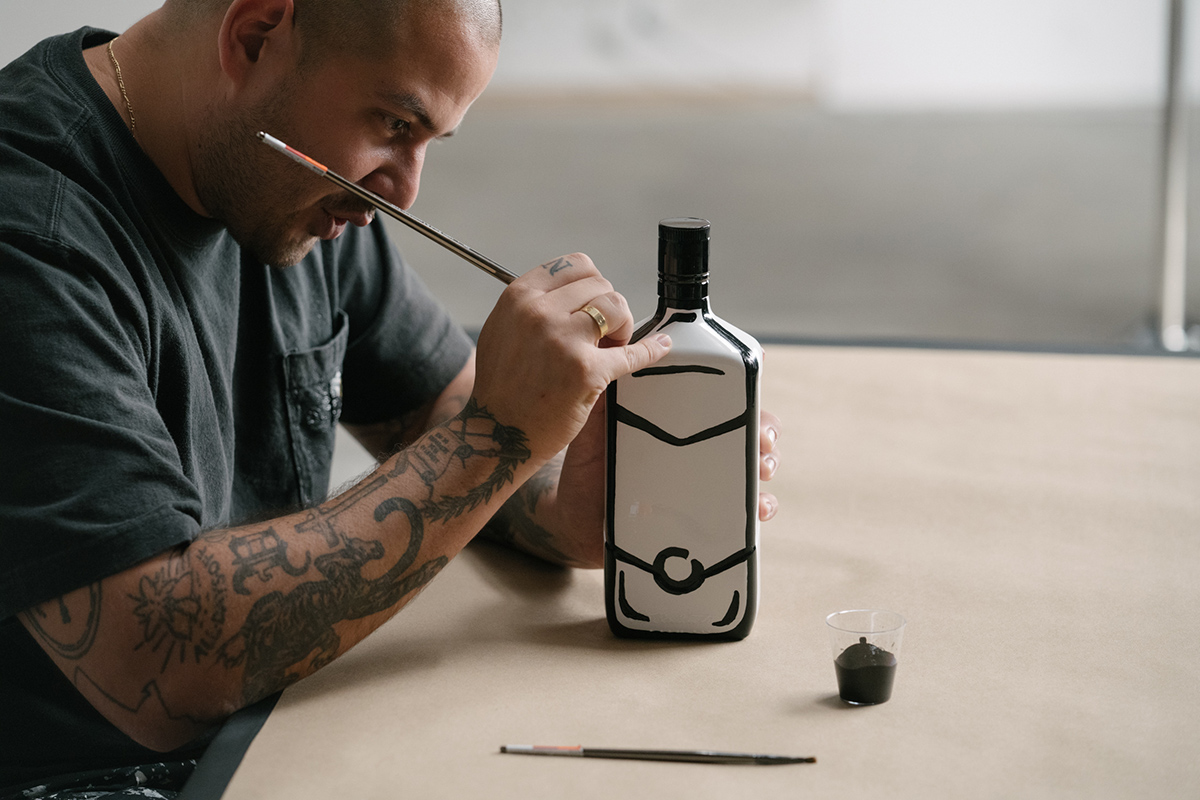
Who is Joshua Vides?
Until 2018, Joshua was known as a fashion designer and CLSC founder. He launched CLSC when he was 19 and even made it a successful local brand, with collaborations with Umbro, FILA, and Stance. But Joshua Vides always wanted more. To move forward, he worked as a marketing manager at Los Angeles SSUR branch and then as a driver for Bobby Hundreds, the founder of The Hundreds (which earned him a promotion to a regional sales manager). But in 2017, he realized that he hit a ceiling with CLSC. Joshua closed the brand and decided to find a new job the same year.
The turning point came the day when Vides was sitting at home watching a video about a Nike designer Tinker Hatfield,
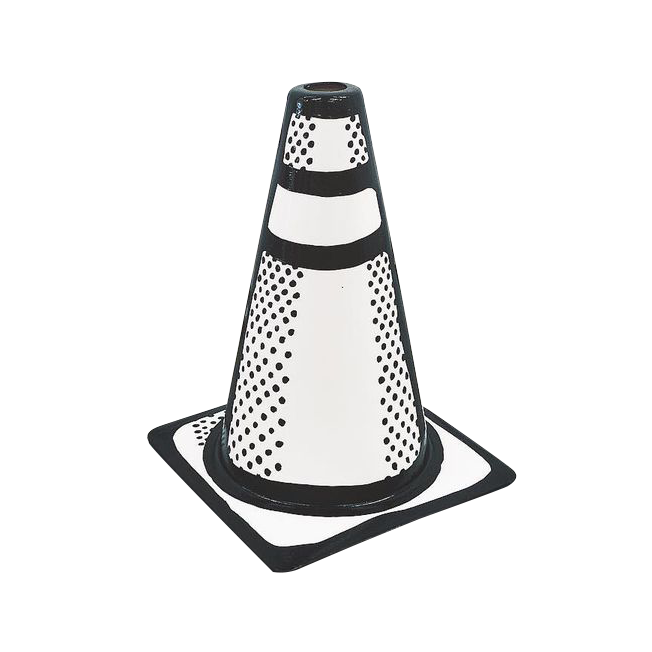
‘I was just pondering how many designs he made that we’d never see. And then I thought about how many unimplemented and abandoned ideas I had of my own. I ran to the closet, took a pair of old Reebok sneakers out of it, went to the garage, repainted them white, let the paint dry, took a pencil, and drew on them what I thought the original sketch of these sneakers might look like on paper. And boom! That was it’.
Joshua said he went on ornamenting ‘almost everything in the house’, including forks, cups, and furniture. But it was the sketch of Air Force 1 sneakers that made him famous. Vides recalls how he woke up to ‘thousands of notifications’ on Instagram the next day.
Sketching in black and white is at the core of his style. Vides considers it the foundation of design and uses it for all everyday items—from sneakers to cars.
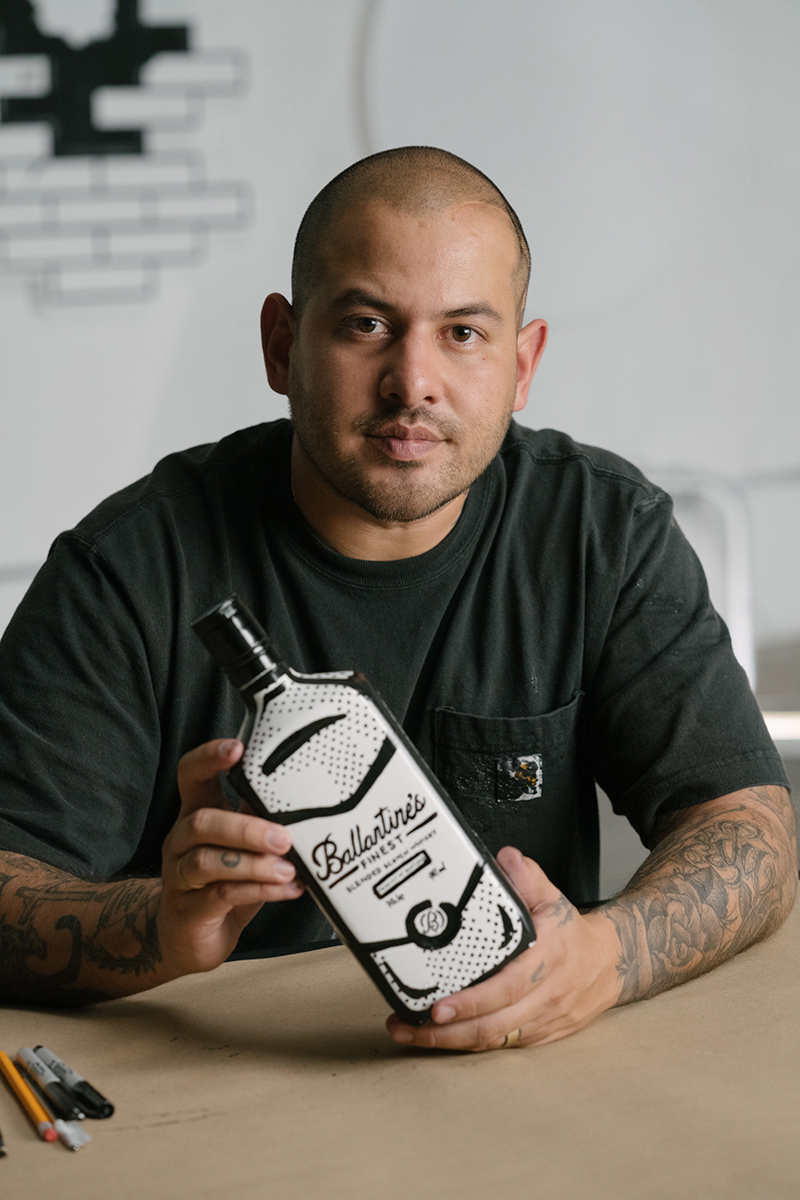
— You’ve had a collaboration with Ballantine’s recently. Shed some light on how you managed to find each other.
— Thanks to the Internet! Guys from Ballantine’s texted me, saying they like my works. They finished a project with my friend Felipe Pantone not long ago and saw an opportunity to create something equally organic through our collaboration. They invited me to their headquarters in Scotland, and this was amazing. We started working on the project there.
— How did you pick items for the collaboration? I mean, you even created a briefcase. What did you want to convey through these items?
— The bottle, packaging, and box were the most obvious items, they were out in the open, like the main design elements. Having worked on them, I thought, ‘What else can we create?’ I was listening to stories about Ballantine’s history and legacy, and one of them resonated with me. In the 1920s, during Prohibition in the US, Ballantine’s produced rectangular bottles. Such bottles could easily be hidden in briefcases that businessmen and clerks of that time used to carry with them. And it reminded me of the DIY approach we adhere to in the studio. As soon as I heard the story, I instantly knew I’d focus on it. I wasn’t just creating an accessory—I was designing it by my own rules.
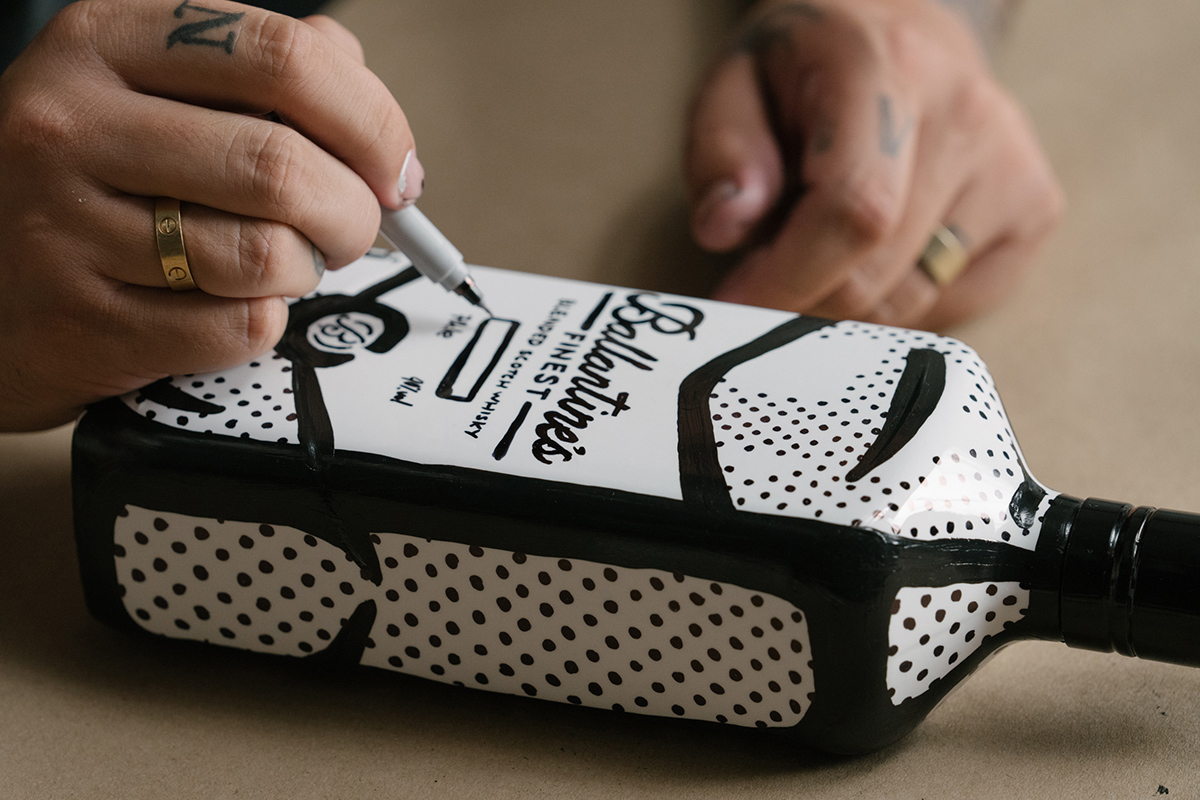

— Sometimes it seems that the world is flooded with collaborations: brands, artists, musicians, and even fast food networks make them. What do you think adds a true value to a collaboration?
— I think it’s all about storytelling. Why does this product exist? If you can’t develop a personal connection and represent your product to the consumer, it’ll remain just an everyday thing. There is plenty of things people buy blindly worldwide. I believe that it’s important to create stories and weave your experience into collaboration. If it weren’t for COVID-19, we’d have already presented our project with Ballantine’s globally, but the processes were suspended due to the pandemic. So, we’re currently trying to convey this experience online.

— In one of your interviews, you said that a brand needs collaborations. What about an artist? What do you personally need collaborations for?
— I don’t think they’re a must-have for an artist. But they enable you to develop and find your audience that wouldn’t notice you without collaborations. If I had acted the old way, I’d reach LA galleries and hope they’d exhibit my works, while visitors would start speaking about them. But this is a rather slow process. Meanwhile, collaborations with brands like Ballantine’s allow you to show your works globally. People in London, Paris, Shanghai, Hong Kong, and other cities see my works and think, ‘So, there is someone behind this!’ This sparks interest in them. This is why collaborations aren’t a must, but they can make an artist’s life much easier.
— I know that you worked with many brands. How does working with streetwear brands, like Converse, differs from that with luxury ones, like Fendi?
— Each brand is unique. Fendi is more than a hundred years old; they’re making high-quality clothes in Italy. They have incredible attention to detail. They’re also based in Rome and speak another language. In the meantime, Converse is in Boston and belongs to Nike. They’re selling in Footlocker, produce items that cost $85, and invest heavily in basketball. They’re two absolutely different worlds, so you can’t compare them. And even speaking about Ballantine’s, they aren’t connected with basketball in any way, aren’t making luxury Italian clothes, and aren’t producing bags. Of course, they have something in common when it comes to commerce, but they’re all completely different in the end. For me, as a creative person, it’s crucial to work in different areas. If I keep repeating myself, it won’t make any sense.

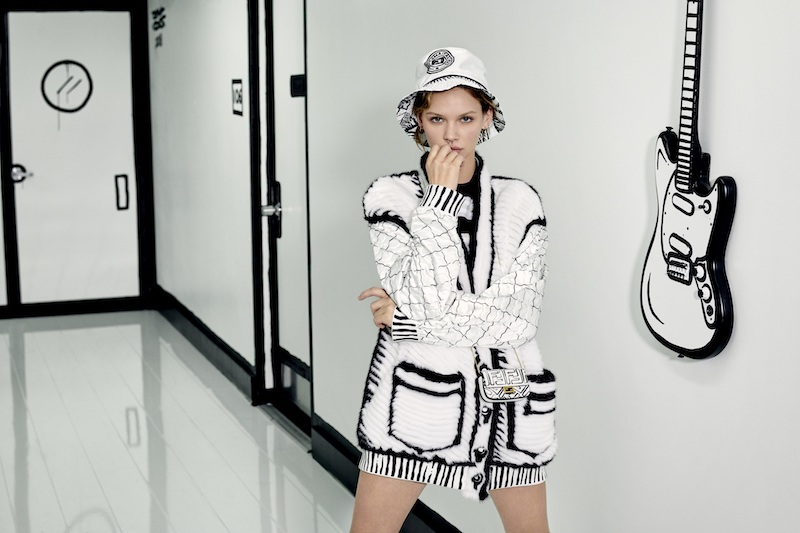
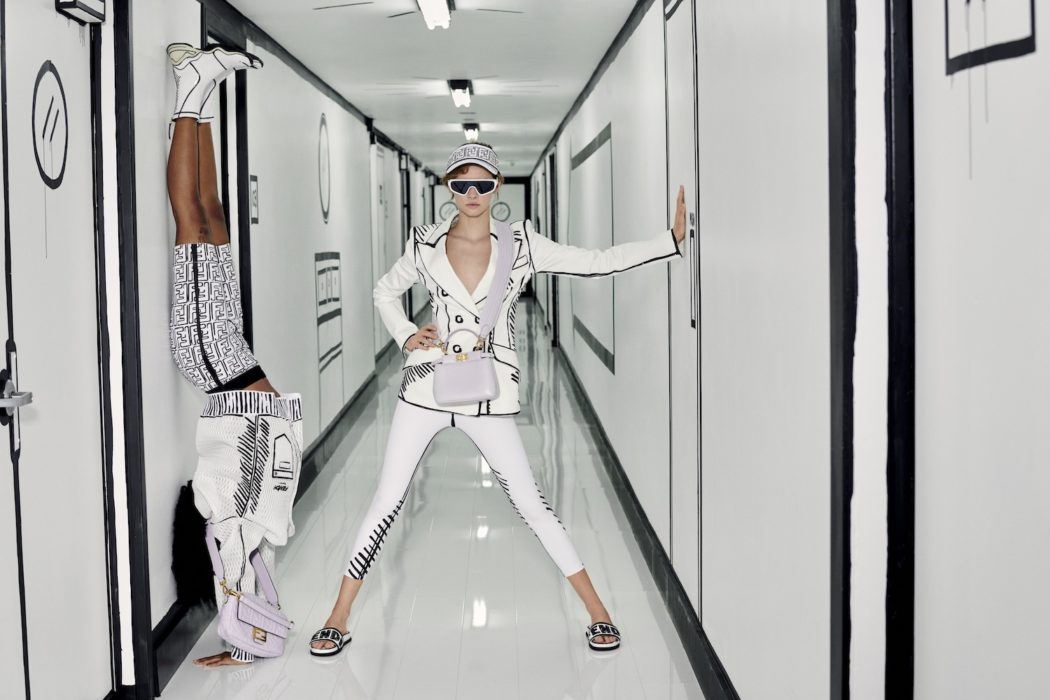
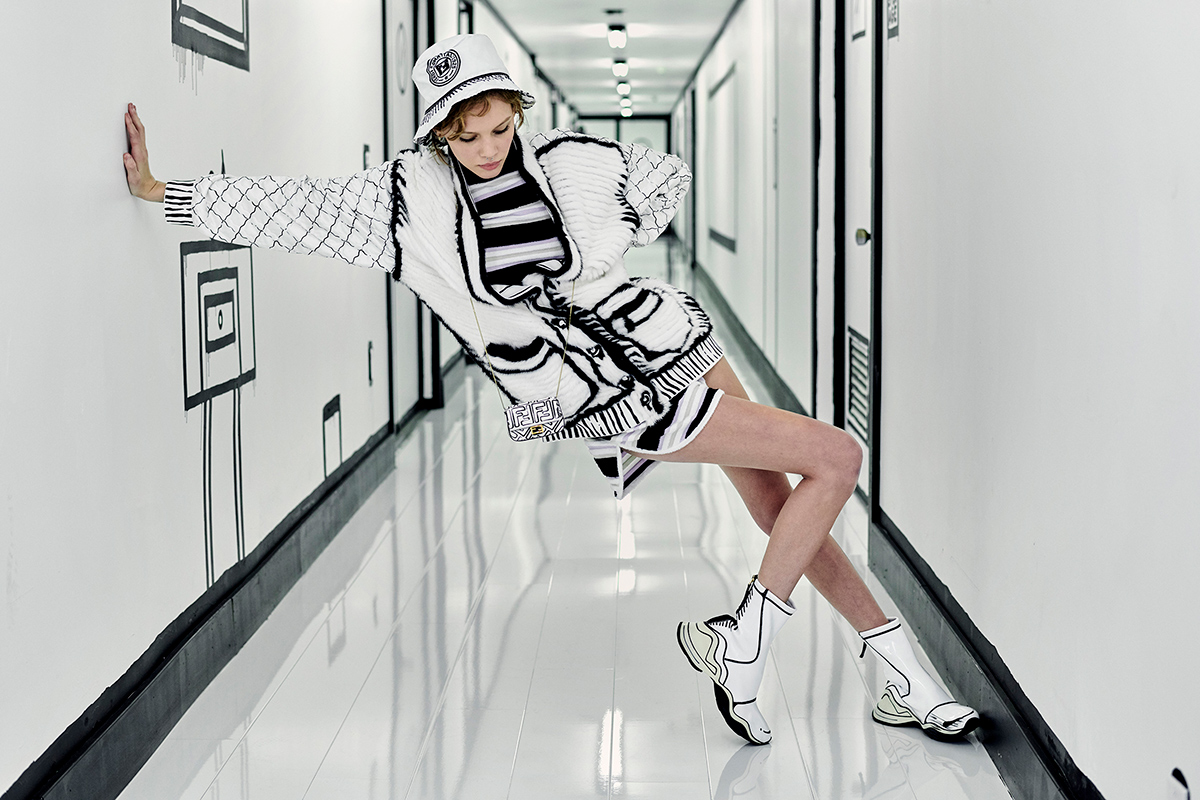
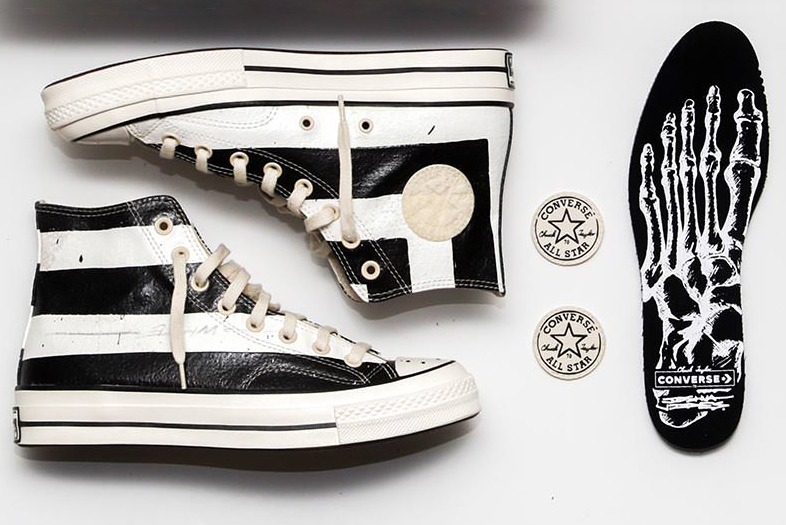
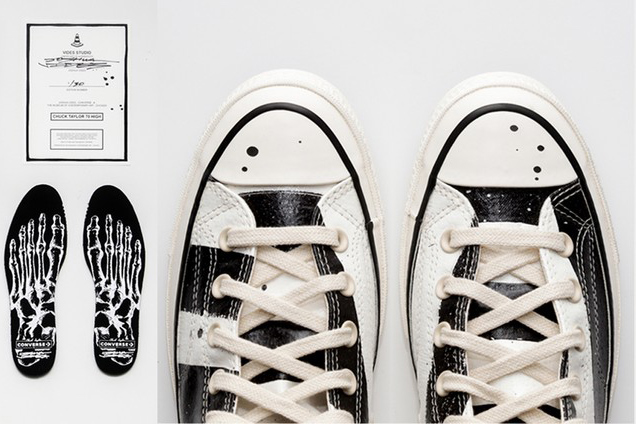
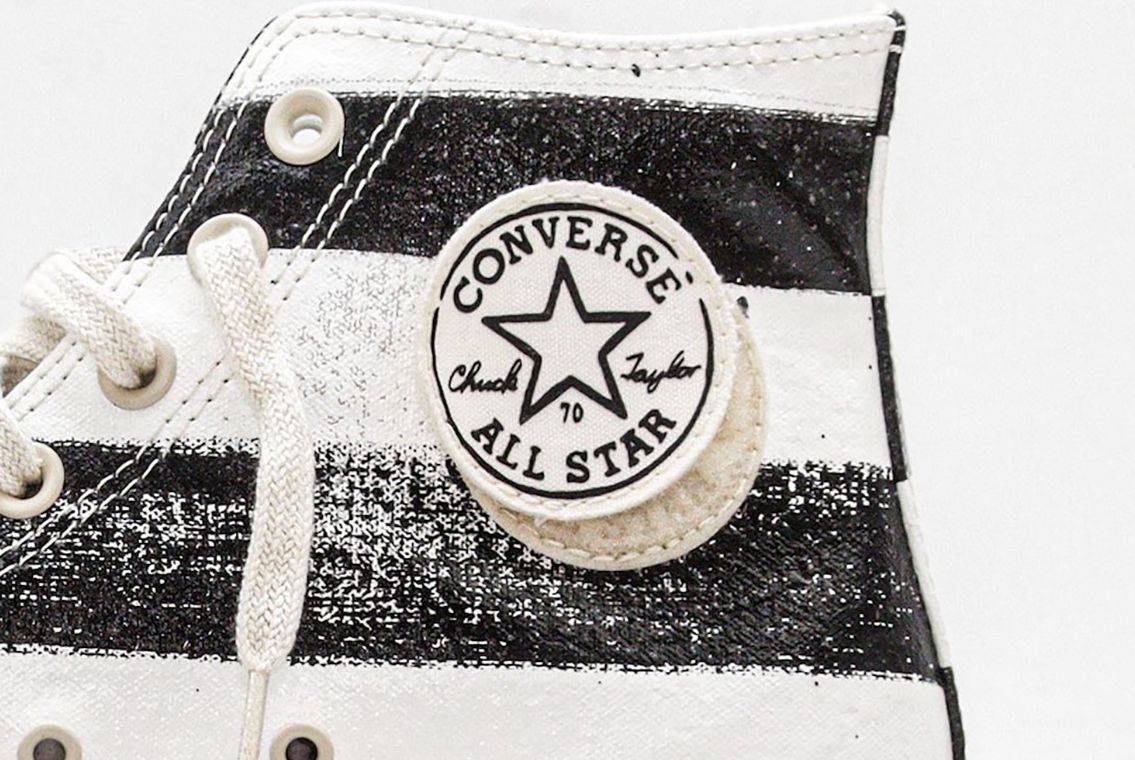
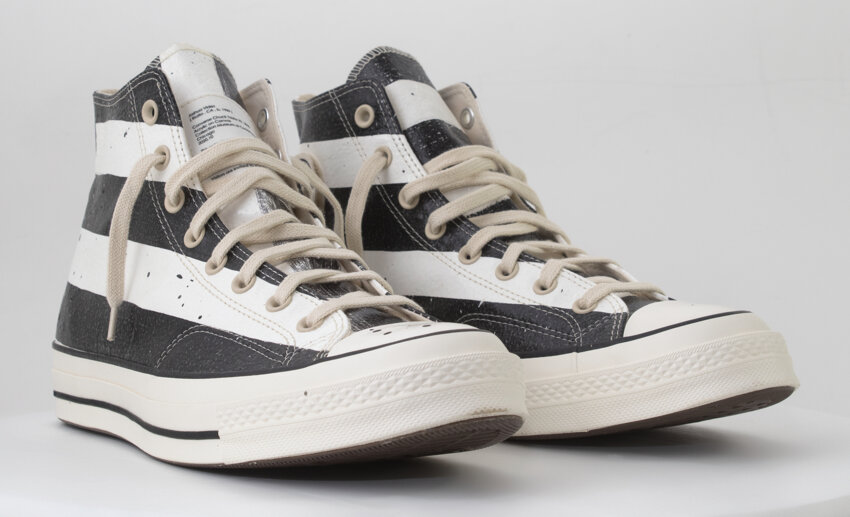
— By the way, you had your own brand—CLSC. Why did you stop making clothes?
— I reached that point where working on CLSC no longer satisfied me. I remember thinking, ‘This isn’t what I want to do further. I have plenty of other ideas’. The aspiration to stay curious and doing what I seemingly shouldn’t were the things that allowed me to progress and find new ways to express myself. I hit a ceiling as a brand owner and didn’t know where I could advance further, how many more T-shirts I could sell. That’s when I took my creativity, put it in another dimension, and started it all over again. At the same time, I wouldn’t say that working on CLSC was in vain. The experience and efforts I invested in the brand helped me reach global success. Moreover, many working principles in streetwear and art are pretty similar.
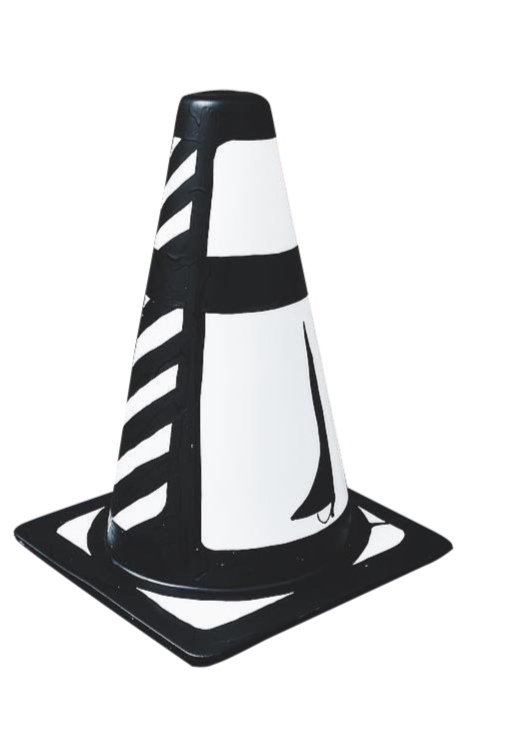
— Why didn’t you started a new brand? I think many would love ‘sketched’ clothes.
— I’ve discussed this with other brands. Fendi was the first to help turn my sketches into real clothes, and they were rather popular. The idea still is in my head, but this isn’t what I want to do right now.
— You’ve become a famous artist in literally two years. Can you recall when you were recognized as an artist rather than the founder of CLSC for the first time?
— I started posting my works in the first two months of 2018. I worked on them throughout 2017 but decided to show them only the next year. And for some reason, they suddenly went viral.
— How did you feel when people started noticing your works?
— That was cool! We’re doing everything for such an outcome, aren’t we? I want to be successful after all. And to become a successful artist, you need an audience to support you. You literally don’t exist without it. You need the energy, love, and positive vibes fans imbue an artist with. This allows me to wake up and feel confident both in myself and my works. Without this energy, I’d return to where I was a couple of years ago when I was trying to figure out what the hell I should be doing.
— Let’s talk about success. I read your interview with Bobby Hundreds where you devised the recipe for a successful brand. Do you have the recipe for a successful artist?
— There are no more rules, you can do everything you want. Many of my artist friends have a substantially different working approach, but they’re successful as well. I believe that it’s important to find your own way and follow it, even if it doesn’t pay off right away. In my case, six months passed before I started earning. Yes, during those six months, I was gaining five to ten thousands followers a day but earned nothing at all. I had to figure out how to create these opportunities, be it collaborations or merchandise sales. So, the key to success for every creative person is to try their best. Your mistakes will teach you, but you must understand that there will be mistakes. If you aren’t ready to make them, you won’t get anywhere.

— Can you tell me how you select items for sketches? I saw a toilet among your works. Was it a random pick, or there’s some hidden sense in such things?
— Both. It’s a mix of strategic thinking and a desire to encourage more people to see your works. When I started drawing sneakers, people from the footwear industry began following me. This got me thinking, ‘I can keep drawing sneakers, but how can I interest those who don’t care about them?’ And I started drawing Louis Vuitton bags, cones, chairs, and Mickey Mouse. This way, I showed that sneakers weren’t the only thing I can draw. I ornament entire rooms now. Sure, there’s a strategy: it’s important to cover other areas. At the same time, I draw everything around me and what I like: cars, sneakers, and caps. This is the culture I’m in daily, so it’s easy to make a pick. How about the idea to draw an Xbox controller, like one I have in front of me for about ten days already? Many people like Xbox. There was nothing to think about—I drew and posted it. Such approach allows for integrating the culture around me into the creative process.
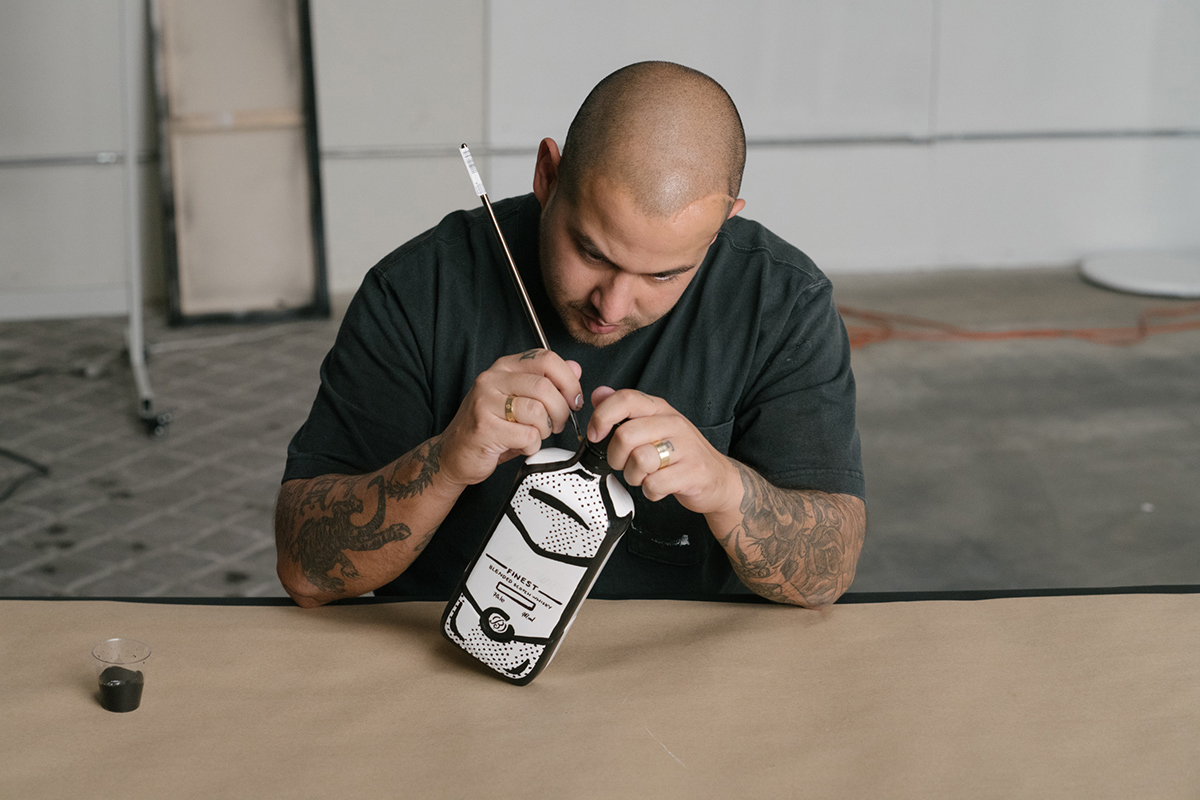
— Your works seem easy to understand. But do you think that art, in general, should be simple and intelligible to everyone?
— Many incredible things in our lives are extremely simple, you know. Once, I remember, I was parking my old car and thought about my new car, which has a rear-view camera that shows how close the wall is. It seems like the simplest idea, but no one had thought of it before. Then someone came up with this camera and became incredibly rich. Almost every new car has such camera now. These are basic things that we don’t believe to be important and that fall out of our attention because we’re often chasing something big—some radical idea that can change the world. Sometimes someone manages to do it, but it’s simple ideas that impact our lives in the end. The same thing is with my works. If I post something today, half of the comments will be like, ‘I could have done that too’. But you didn’t. So, it doesn’t matter.

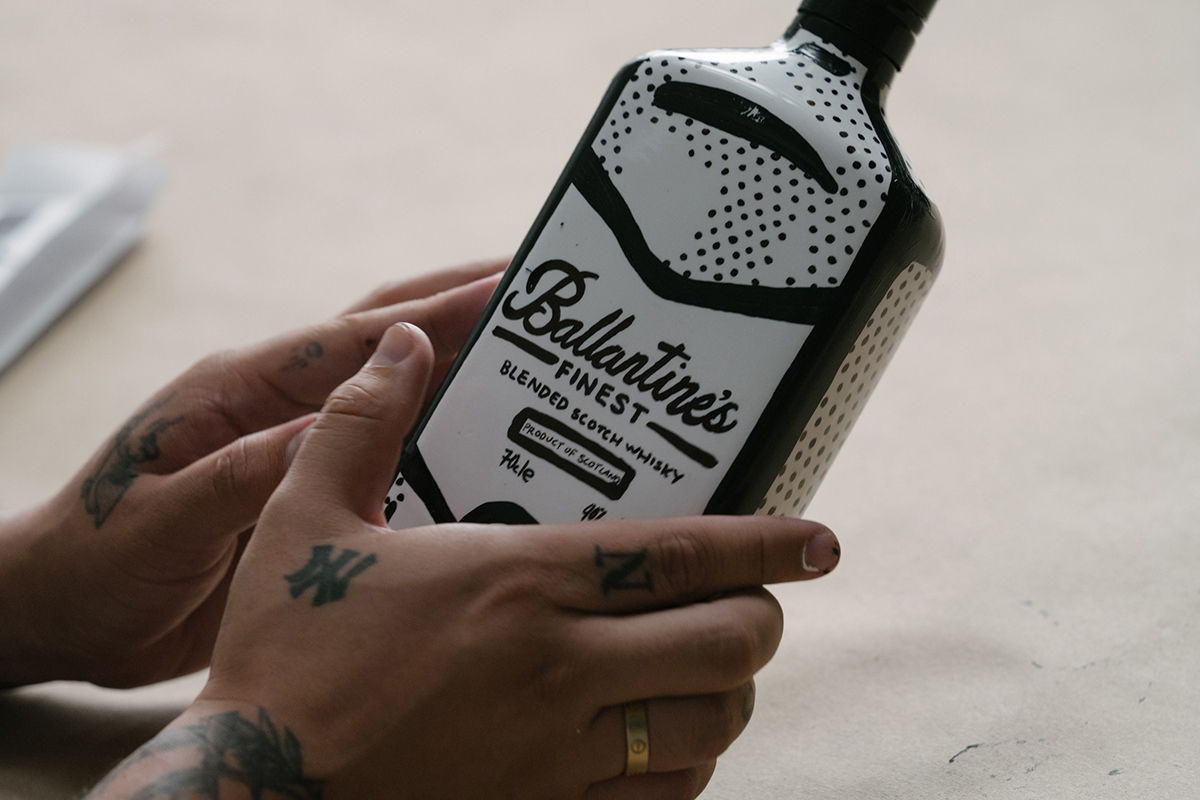
— When does a basic item become art?
— Take a look at Yayoi Kusama’s works. When I see them, I don’t care what it is, I admire the way they’re created. But some people would say, ‘This is just a bunch of dots!’ It’s all about perspectives. If the work evokes no feelings in you, regardless of what it is, you won’t perceive it. But if the work sparks emotions in you, then I believe this is art.
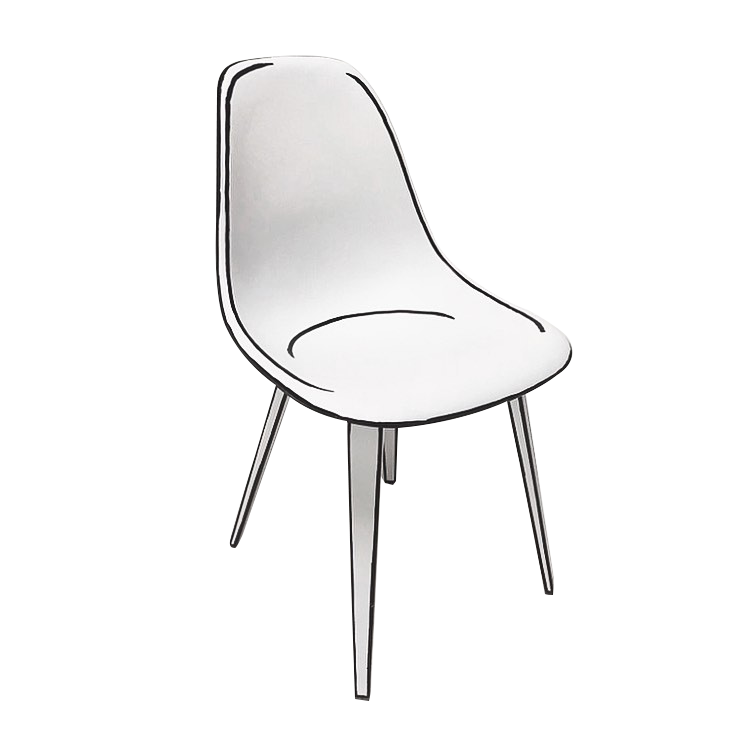
— Why do you think your works became popular? What makes your style unique?
— I believe that everything happens for a reason. It had to happen sooner or later. If not to me, then to someone else. But I got lucky.
Integrating the culture became an important part of my work. If you take a look at Roy Lichtenstein or Jean Dubuffet’s works, you’ll see that I was inspired by them. If Roy Lichtenstein was alive, he’d surely make a collaboration with Nike or Adidas. He’d have his Ballantine’s bottle as well. But they lived in a different time, with art perceived differently. Nowadays, if I took one of these artists’ works and drew it on Air Force 1… You may not know who Roy Lichtenstein is, but you know what Air Force 1 are, and these sneakers would spark emotions in you.
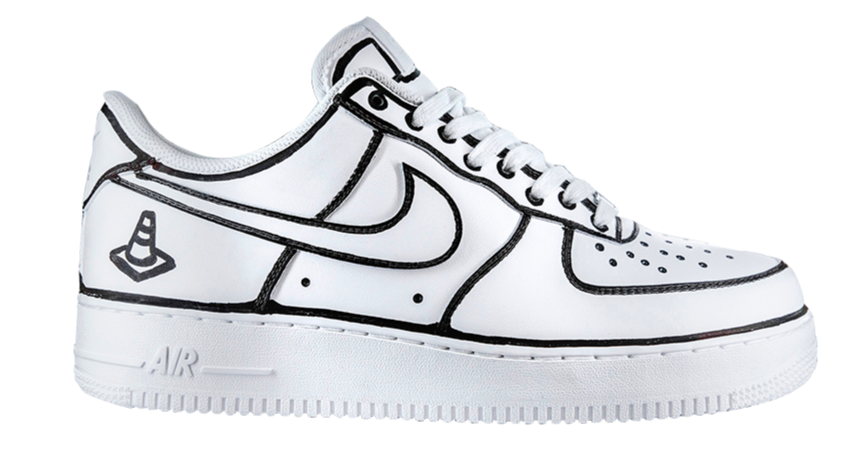
By drawing Air Force 1, Jordans, or a basketball hoop, I help people—who are already surrounded by this culture—experience art and understand what they see in front of them. I apply my style to sneakers, and I see this, ‘Wow, this is so cool! I like Air Force 1, but this is a whole new level’. Sounds trivial, but I think this is what helped me grow and become successful faster than other artists with a similar style.
This style existed already—watch Kill Bill from 2003. There is a scene with a nurse wearing a white dress with a black outline. I don’t know who came up with the idea, a crew member or Quentin Tarantino, but that happened in 2003 already. Nevertheless, Tarantino wasn’t trying to become an artist, as he was just shooting a film. And I’m drawing Air Force 1.
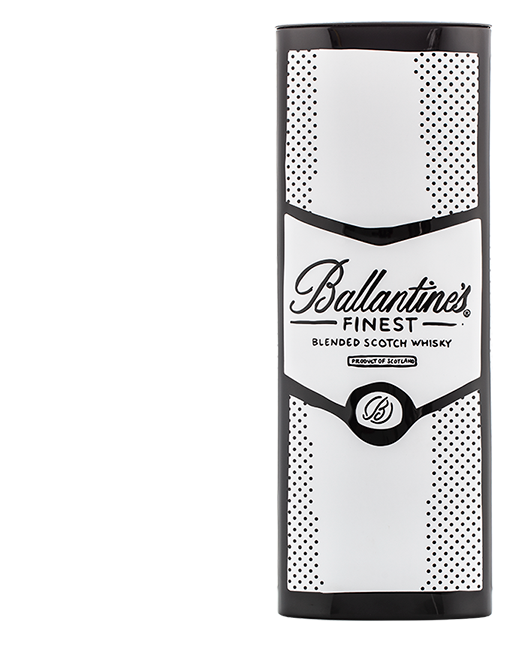
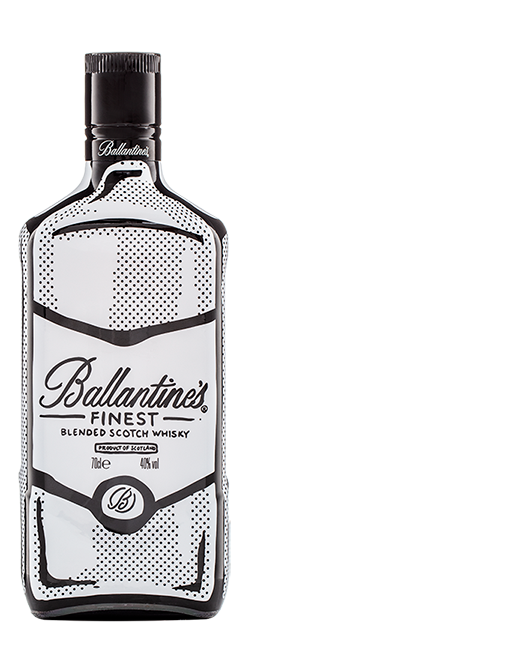
— Is it possible to create something unique nowadays? Social media often say that ‘modern artists invent nothing new’.
It’s possible, but it’ll be hard as hell. There are people drawing things in a style that resembles mine, but these aren’t my works and not what I do. This isn’t my energy. We’re living in 2020, but many are inspired by the 80s, or the 60s, and become successful. Can people create something new? Yes, they can. Will it be hard? Of course. All you need is to put your energy and your concept into art. Do something that will make your work stand out from existing ones. I could redraw Roy Lichtenstein’s work, but what’s the point? There will be no Joshua Vides in it. If I wanted to draw it from my perspective, I’d take something that already exists and imbue it with my own energy and my style. It’d be a different work, but it’d not exist without Roy Lichtenstein. So, if you’re willing to derive inspiration from something that already exists, you just need to change it.
The material has been sponsored by


